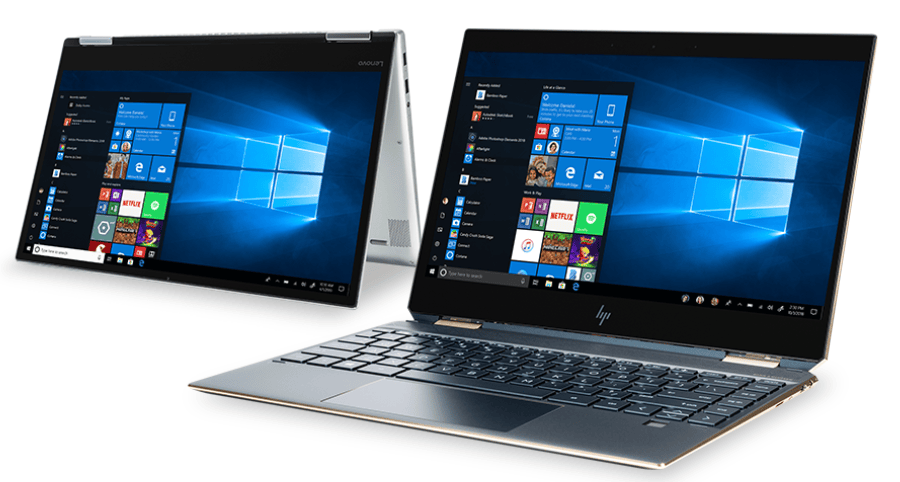Microsoft End of Extended Support for Windows 7, Windows Server 2008, and Office 2010 Applications
On January 14, 2020, Microsoft officially ended its extended support for Windows 7. This means that Microsoft will no longer offer security patches or bug fixes for users still running the 11-year-old operating system. At the time 26% of all Windows users were still using Windows 7, so this end of support announcement was a big deal and actually made national news for a few days. It was a bit unusual for an end of life support to garner so much attention, as this is a pretty standard process for on-premise Microsoft licenses.
In addition to Windows 7, businesses should be aware that several other heavily-used Microsoft operating systems and applications will have their extended support ended in 2020. It's important to assess the impact that upgrading an operating system may have on the security and functionality of applications running on operating systems that reach end of support. This may be the right time to migrate legacy applications to Azure or Office 365.
January 14, 2020
- Windows Server 2008
- Windows Server 2008 R2
- Windows 7
October 13, 2020
- Access 2010
- Office 2010 Apps (Excel, PowerPoint, Word, etc.)
- Visio 2010
- SharePoint Designer 2010
- SharePoint Foundation 2010
- SharePoint Server 2010

If your business is still using any of the above licenses and would like guidance on your license upgrade path or if you need assistance with re-writing an application or migrating an application to a new operating system, Office 365, or Azure, please reach out to us at sales@dmcinfo.com for a consultation.
Learn more about DMC's Digital Workplace Solutions, Microsoft Consulting Services, and Custom Application Development.
Comments
There are currently no comments, be the first to post one.